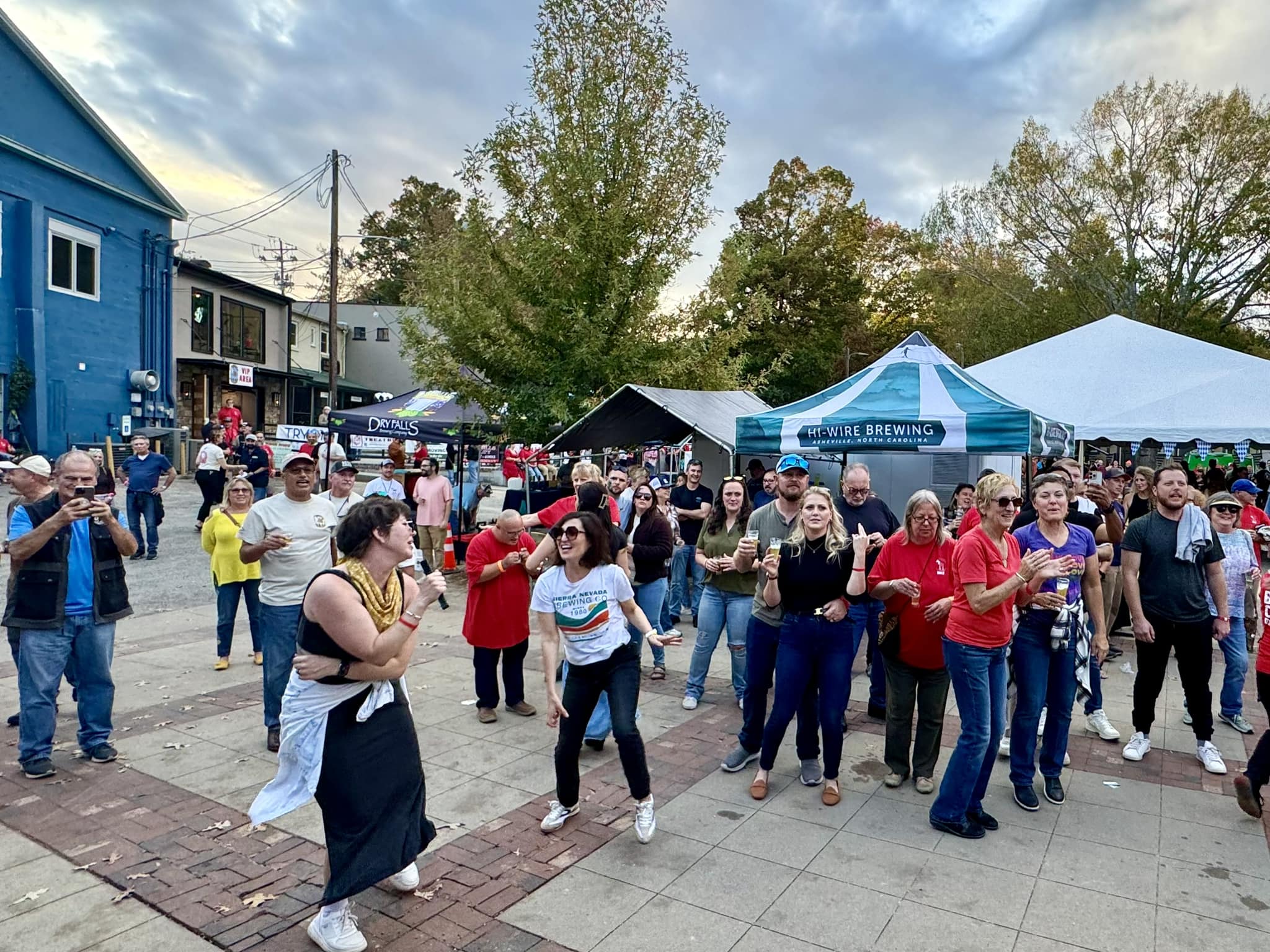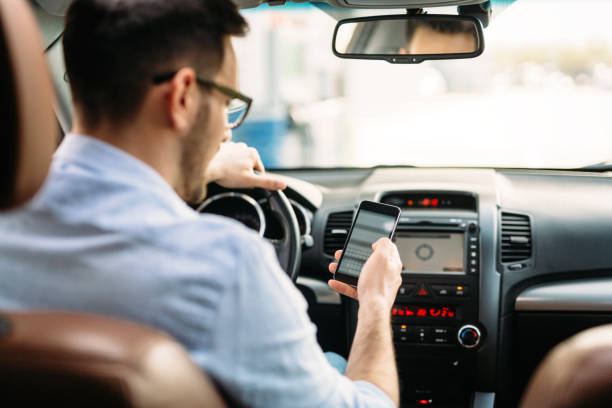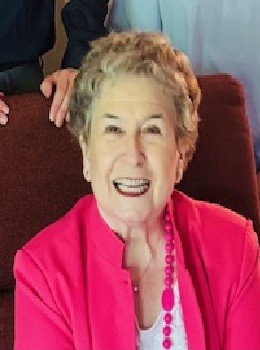Making connections for the common good
Published 12:53 pm Friday, April 29, 2022
|
Getting your Trinity Audio player ready...
|
Many years ago, when our son John was about 10 years old (he’s 43 now!), I went to Camp Grier in Old Fort where he was a camper. I cannot remember just why I went that day, but I do remember that I was allowed to accompany his cabin-mates to a short church lesson around the campfire. The pastor was talking about the disciple named Andrew; he asked the little boys if they had ever read any verses about Andrew in the Bible, and of course the answer was “no.” At the time I could not recall seeing any mention of Andrew either. Yes, he was one of the disciples, but there is very little mention of him in the bible, But, I do remember the gist of the pastor’s story that day. Just about every time that Andrew is mentioned, it’s because he is leading someone with a request or need, to the person who can fill that specific need. Even though Andrew cannot solve the problem, he will find the person who can solve that problem. In short, he is a “vehicle” for finding solutions for a problem, even though it is not his problem.
When I heard this little lesson, it occurred to me that Andrew was a broker. In real-estate vernacular, a broker brings together a willing buyer and a willing seller, hopefully for the benefit of both parties. I’ve had a real-estate broker’s license for 45 years now, and it has always been my hope to be able to connect people, buyers and sellers, in a way that benefits both parties. Of course it’s a bit different when it comes to conservation easements, but only because conservation easements and conservation land donations are not so much about the money – it is about saving land for the benefit of all parties involved, as well as generations to come. That can only happen if both the land donor and the easement holder can talk together and envision the future for their land as they want it to be. My job is to do just what Andrew did: connect the person(s) with a need with the entity that can fill that need. In short, connecting the landowner with the local land trust that can do what the landowner wants, for the benefit of all.
There’s another little lesson that I learned many years ago, this time from our son Aaron’s Sunday School teacher. He told the children one morning about 5 very important words: ”Think of the other guy”. Maybe that resonated with me because, as a broker, my job is to make connections, and the only way for that to happen is to “listen” to others, finding out what they want or need and trying to make connections that can address those wants and/or needs. That takes a lot of listening, and it takes time. It means establishing relationships. Hopefully many of those relationships will last for years.
Trending
The point is that all of this listening to others and making connections is what builds community. It matters that we can go to the local store and the owner can tell you that he just got a fresh shipment of your favorite fruit. It matters that we know and care about each other enough to be able to take our neighbor to the vet when her dog is sick, or give your friend’s grandchild a ride home, or let the neighbors play in your yard or walk on your trails. And we all have one very important connection that we sometimes forget: every one of us loves the land that gives life to us all. We are all connected, and we can work together to save this beautiful earth that sustains all life.





